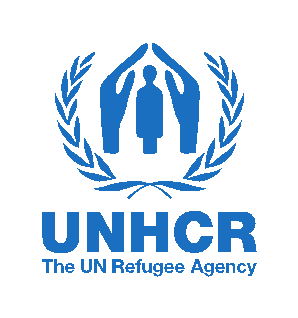Feb 2017 - Apr 2018 | UNHCR
UNHCR continues successful capacity building of staff, partners, government and people of concern. In 2017, 41 staff from the Africa and Middle East and North Africa regions completed an SGBV learning program, which certified trainers on SGBV prevention and response.
UNHCR’s focus on online training and multiple gender-related modules, including on Preventing Sexual Exploitation and Abuse, Sexual and Gender-Based Violence, and Prevention of Harassment, Sexual Harassment, and Abuse of Authority in the Workplace, has seen more than 7200 staff capacitated.
